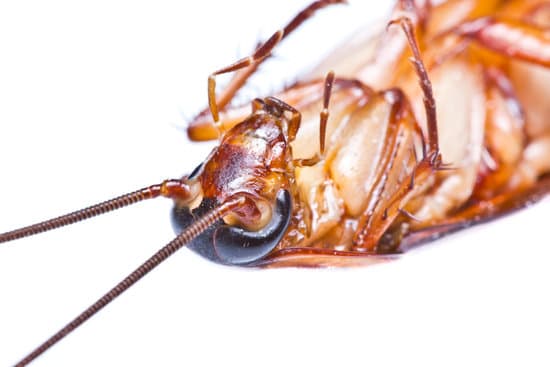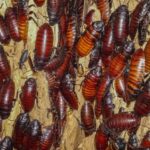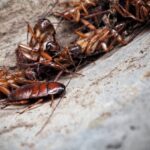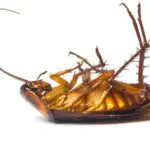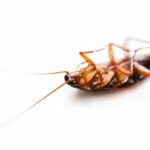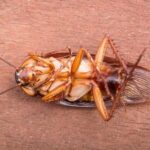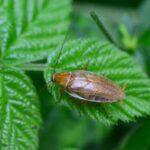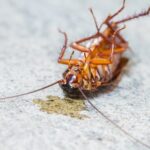Cockroach Exoskeleton
Cockroaches are black or brown insects that belong to the class Arthropoda. They can be very destructive pests and they carry several diseases. Cockroaches have exoskeletons made of chitin and hard plates called sclerites. These plates also have other names such as sternites or tergites.
The Oriental cockroach, also called the waterbug, lives in cooler climates with plenty of moisture. It can survive outdoors even during cold winters. Its egg case contains 16 eggs, while the German cockroach egg case contains 30 to 48 eggs. The eggs take about two months to hatch.
Cockroaches are omnivorous, which means that they eat almost anything, but they prefer to feed on meat products and sweetened substances. They will also feed on dead animals and soiled books. They may also eat plants in greenhouses.
Cockroaches have compound eyes. The cerci contain sensory organs and they detect changes in air movement. They then send a nerve impulse to a thoracic nerve ganglion, which then sends a motor nerve impulse to the legs. This mechanism helps cockroaches to escape from possible danger without involving the brain. It is a form of incomplete metamorphosis, and is often referred to as a “gradual change.”
The exoskeleton of a cockroach is a hard encasement on the outer surface. It protects the cockroach from predators and provides support to the body. It also enables the muscles to move through joints inside the exoskeleton. Without the exoskeleton, the cockroach body would disintegrate. It also prevents the cockroach from injuring itself.
